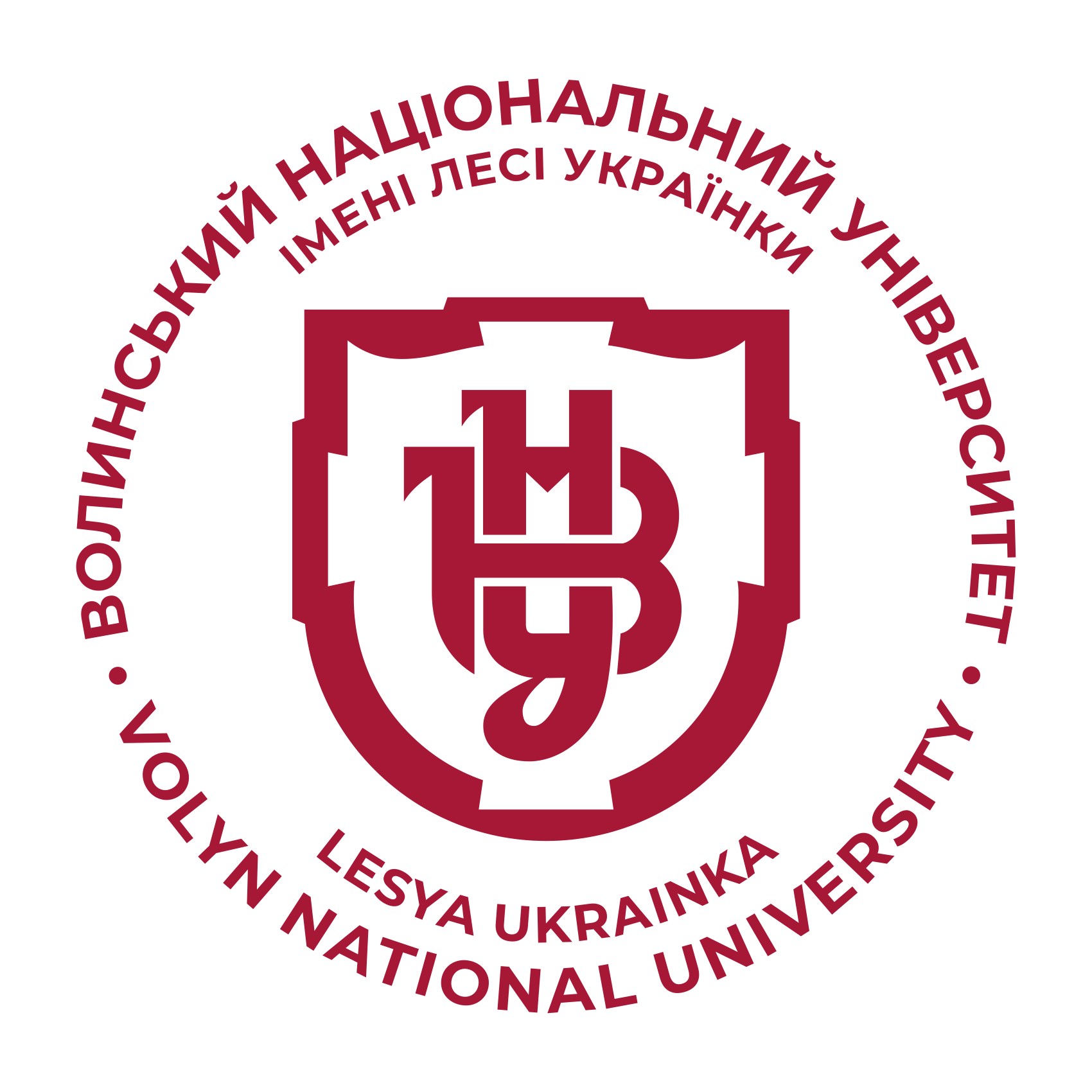MAIN DIRECTIONS OF THE DEVELOPMENT OF PERSONNEL POTENTIAL OF THE ENTERPRISE
DOI:
https://doi.org/10.29038/2786-4618-2023-01-90-95Keywords:
personnel potential, personnel development, professional training, personnel retraining, personnel qualityAbstract
The main directions of ensuring the development of personnel potential of modern enterprises are considered in the article. The importance of effective management of personnel potential to ensure the sustainable development of the business entity is studied. The main strategies for the development of personnel potential are considered, which include professional development of personnel, motivation of personnel, and the balance of requirements for the professional development of the company's employees. Factors that affect the success of the company's HR policy implementation in the long-term are analyzed. It was determined that the development of personnel potential in modern conditions is an important task for any enterprise, since high-quality personnel is a key resource in terms of ensuring its effective functioning and development. Current problems of formation and development of personnel potential are considered, and the importance of this process for achieving success in modern business processes is characterized. The main highway directions for the development of personnel potential are proposed, such as the stimulation of professional training and development of personnel, the use of innovative and digital technologies in the system of retraining of the company's employees.
The peculiarities of the functioning of enterprises in modern economic conditions are connected with the need for constant updating of production technologies, equipment and intensive updating of the range of manufactured products. This is due to the significant intensification of the processes of scientific and technical development, the result of which is the constant improvement of the activities of enterprises and their business processes. As a consequence of this, there is an objective need to provide business entities with personnel of the appropriate level of professional training who are able to work in new conditions and can adapt to constant technological changes. In turn, in order to ensure the maintenance of the appropriate level of quality of the already existing personnel potential, enterprises are forced to spend a lot of money on professional training programs for their employees, as well as their retraining and professional development. Failure to comply with these requirements can lead to difficulties in mastering new equipment, as well as to a decrease in the level of productivity of the company's personnel. Therefore, the study of the principles of forming a strategy for the development of the company's personnel potential, focused on the constant improvement of the level of its professional training, which ensures the appropriate level of market competitiveness for the business entity, becomes particularly relevant
References
Dziamulych M. I. (2023). Efektyvnist funktsionuvannia systemy rozvytku personalu na pidpryiemstvi [The effectiveness of the personnel development system at the enterprise]. Ekonomichnyi Forum – Economic Forum. Vol. 1. P. 3-7 [in Ukrainian].
Dziamulych M. I., Shmatkovska T. O. (2020). Upravlinnia rozvytkom personalu pidpryiemstva v umovakh ekonomichnoi hlobalizatsii [Management of enterprise personnel development in conditions of economic globalization]. Ekonomichnyi Forum – Economic Forum. Vol. 3. P. 138-142 [in Ukrainian].
Zbrytska, T. P., Savchenko, H. O., Tatarevska, M. S. (2013). Upravlinnia rozvytkom personalu [Personnel development management]. Odesa: Atlant. 427 p. [in Ukrainian].
Chaliuk, Yu. O. (2022). Hlobalnyi sotsialno-ekonomichnyi rozvytok v umovakh VUCA, SPOD, DEST ta BANI svitu [Global socio-economic development in VUCA, SPOD, DEST and BANI conditions of the world]. Ekonomika ta suspilstvo – Economy and society.. Vol. 36 [in Ukrainian].
Chaliuk, Yu. O. (2023). Sribna ekonomika: demohrafichni zminy ta ekonomichni mozhlyvosti [The Silver Economy: Demographic Change and Economic Opportunity]. Naukovyi visnyk Poltavskoho universytetu ekonomiky i torhivli – Scientific Bulletin of the Poltava University of Economics and Trade. Vol. 1(107). P. 50-59. [in Ukrainian].
Chaliuk, Yu. O., Dovhaniuk, N. M. (2022). Vplyv demohrafichnoho faktoru na sotsialno-ekonomichnu stabilnist Kytaiu [The influence of the demographic factor on the socio-economic stability of China]. Mizhnarodnyi naukovyi zhurnal «Internauka». Seriia: «Ekonomichni nauky» – International scientific journal "Internauka". Series: "Economic Sciences". Vol. 7(63). P. 72-82. [in Ukrainian].
Chaliuk, Yu. O., Kyrylenko, V. I. (2020). Innovatsiinist ekonomik svitu [Innovativeness of world economies]. Naukovyi zhurnal «Pidpryiemnytstvo ta innovatsii» – Scientific journal "Entrepreneurship and Innovation". Vol. 15. P. 7-14. [in Ukrainian].
Shmatkovska T. O., Dziamulych M. I., Stashchuk O. V. (2021). Osoblyvosti modeliuvannia bisnes-protsesiv v umovakh formuvannia tsyfrovoi ekonomiky [Peculiarities of modeling business processes in the conditions of the formation of the digital economy]. Ekonomika ta suspilstvo – Economy and society. Vol. 26 [in Ukrainian].
Beck, S. (2003). Skill and Competence Management as a Base of an Integrated Personnel Development (IPD). Journal of Universal Computer Science. Vol. 9(12). P. 1381-1387.
Sabat, N., Ersozoglu, R., Kanishevska, L., Pet'ko, L., Spivak, Y., Turchynova, G., Chernukha, N. (2019). Staff development as a condition for sustainable development entrepreneurship. Journal of Entrepreneurship Education. Vol. 22. P. 1-7.
Sparks, D., Loucks-Horsley, S. (1989). Five models of staff development for teachers. Journal of staff development. Vol. 10(4). P. 40-57.







